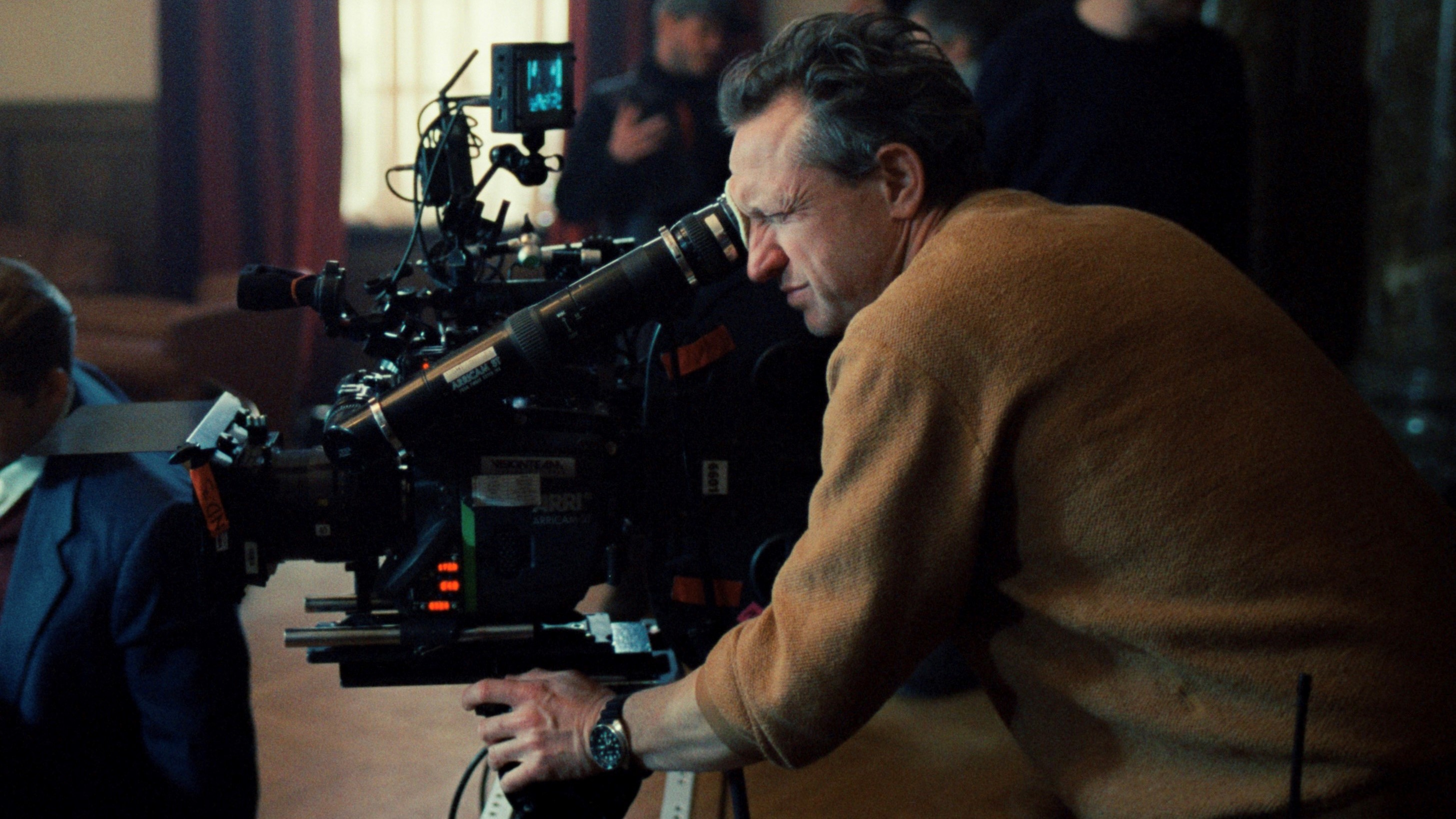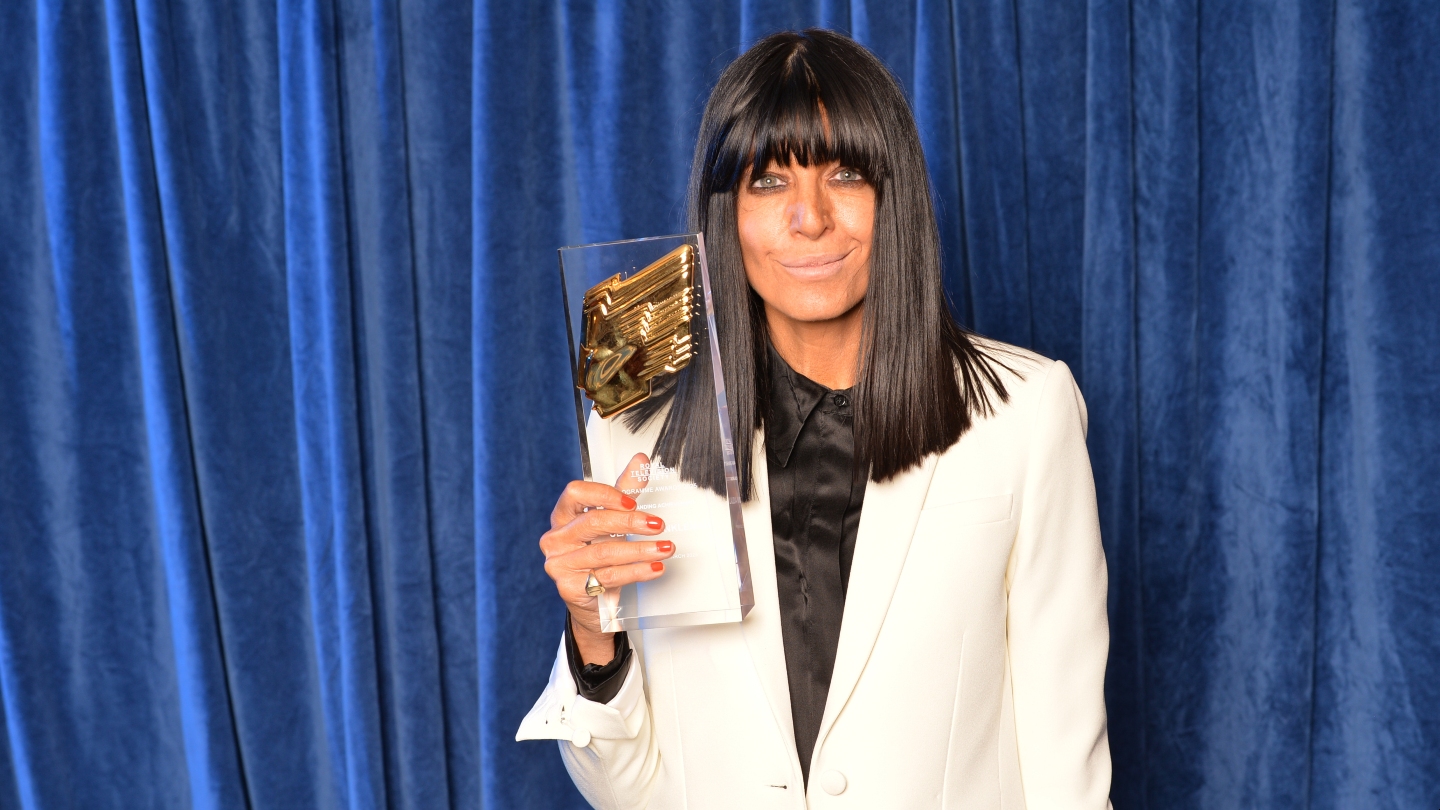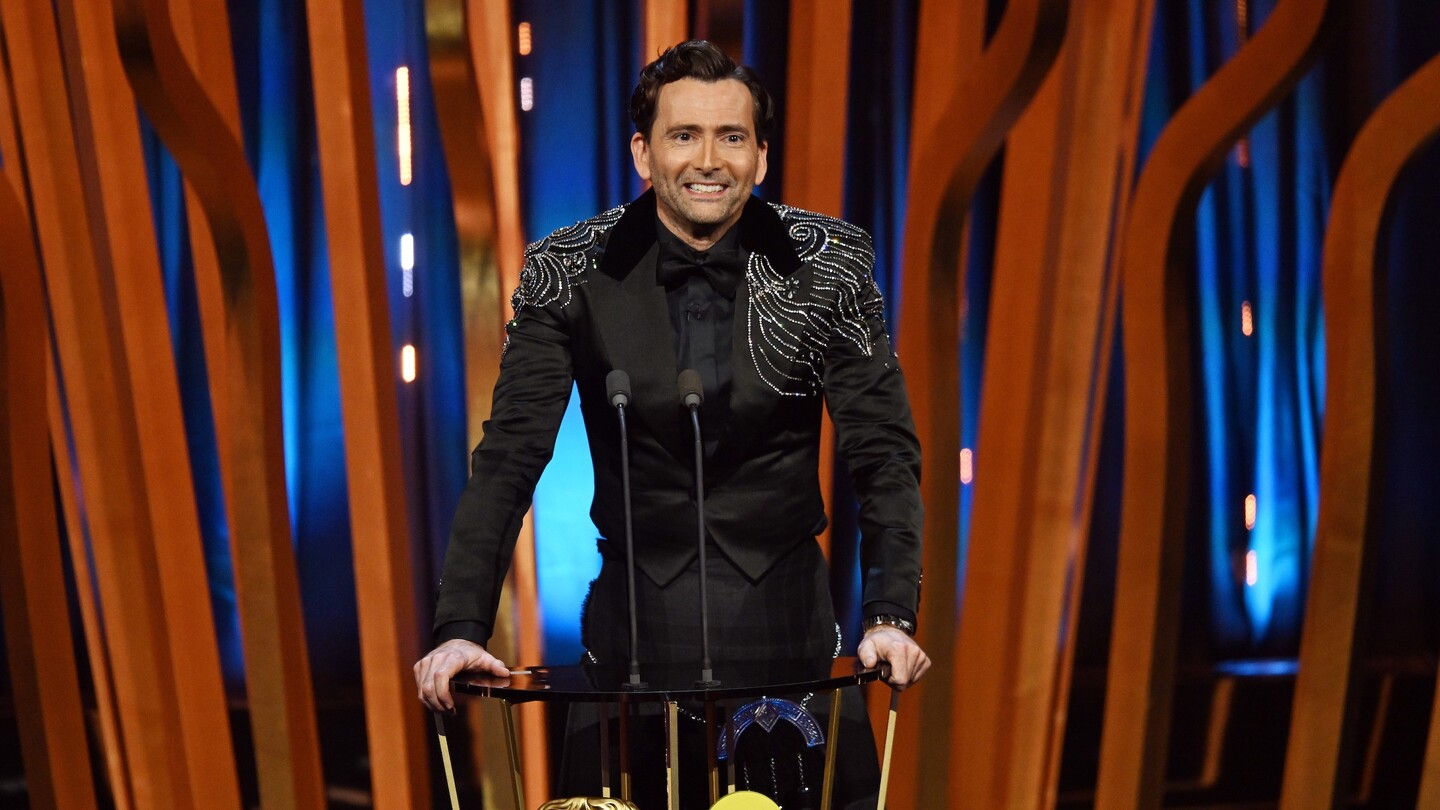In Ridley Scott’s bio-epic Napoleon we see the French general at the battles of Austerlitz and Waterloo, in his tent, standing outside his tent, on a horse – waiting, waiting, waiting, writes Adrian Pennington.
“Those wars were gruelling and probably not very exciting for the most part because it involved lots of strategy and waiting around for days,” said Dariusz Wolski ASC, the film’s cinematographer speaking to IBC365. “We have to make them more concise, more exciting and clear for the audience to follow.”
Doing so involved a whole army of production crew who exhaustively reccied, plotted, discussed and manoeuvred cast and kit on 3D models prior to shooting a single thing.
“First it’s just planning, planning, planning and logistics,” he said. These include...
You are not signed in.
Only registered users can view this article.

Behind the scenes: Squid Game 2
The glossy, candy-coloured design of Squid Game is a huge part of its appeal luring players and audiences alike into a greater heart of darkness.

Behind the scenes: Adolescence
Shooting each episode in a single take is no gimmick but additive to the intensity of Netflix’s latest hard-hitting drama. IBC365 speaks with creator Stephen Graham and director Philip Barantini.

Behind the scenes: Editing Sugar Babies and By Design in Premiere
The editors of theatrical drama By Design and documentary Sugar Babies share details of their work and editing preferences with IBC365.

Behind the scenes: A Complete Unknown
All the talk will be about the remarkable lead performance but creating an environment for Timothee Chalamet to shine is as much down to the subtle camera, nuanced lighting and family on-set atmosphere that DP Phedon Papamichael achieves with regular directing partner James Mangold.

Behind the scenes: The Brutalist
Cinematographer Lol Crawley finds the monumental visual language to capture an artform that is essentially static.

.jpg)



